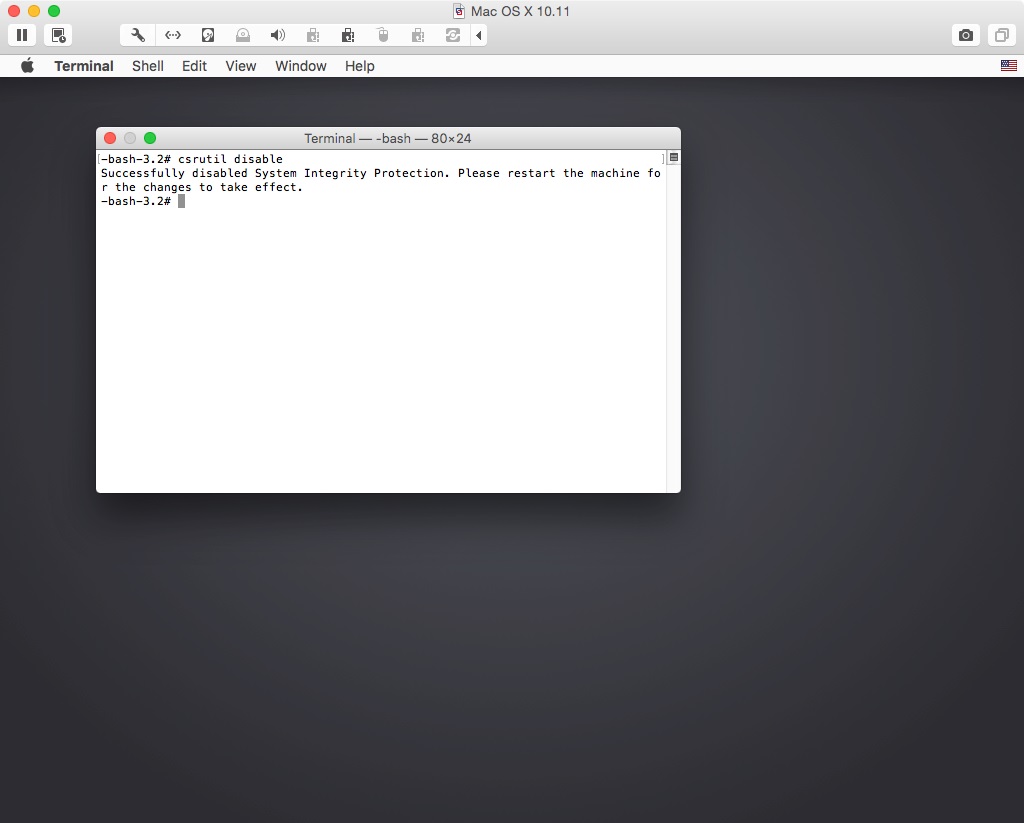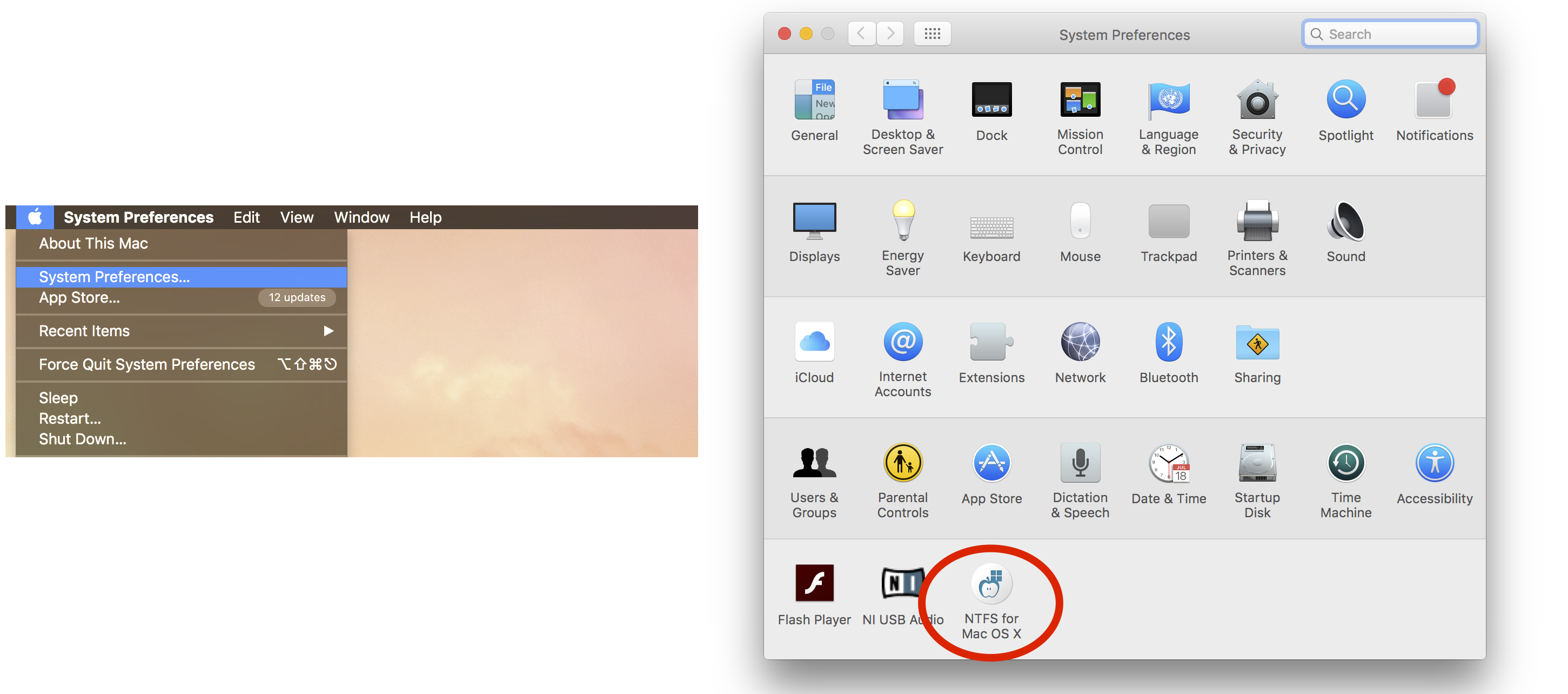

- #Ntfs for mac’s “set as startup” function cannot change system startup disk. mac os#
- #Ntfs for mac’s “set as startup” function cannot change system startup disk. install#
- #Ntfs for mac’s “set as startup” function cannot change system startup disk. windows#
#Ntfs for mac’s “set as startup” function cannot change system startup disk. windows#
While I’m happy to “blast away” and rebuild my existing Bootcamp partition if that would help, I would like to understand why the process as I described above has resulted in my not being able to boot into Windows at all.
#Ntfs for mac’s “set as startup” function cannot change system startup disk. mac os#
So I back-tracked and using Winclone 8 I restored from my newly created Windows 10 copy, only to find that it too would no longer boot! Again, regardless of which icon I choose during startup, all I can now boot into is Mac OS “Catalina”! I first made and saved a Winclone copy of Windows 10 and only then used Winclone 8 to restore Windows XP which I’d created some years ago.Īlthough the entire Winclone process of both backup and restoration went seamlessly, when I tried to actually boot into WIndows at startup, I found I could only launch Mac OS regardless of which icon I clicked on during startup.

That Winclone copy used Winclone ver 3 which will not work on “Catalina” so I purchased a new up-to-date copy of Winclone ver 8.1 Upon taking delivery I used Bootcamp to create a Windows partition (by this time it was Windows 10) but I hankered to restore a Winclone copy of the Windows that I had previously on my old iMac. That is where things lay until I decided to purchase a new 2117 iMac with “Catalina” OSX 10.15. However doing that “broke” Bootcamp so I could no longer boot into Windows at all!

#Ntfs for mac’s “set as startup” function cannot change system startup disk. install#
Then several years ago Microsoft announced that they were no longer going to support Skype for “Snow Leopard”! Remembering the problem I’d had previously, I decided to create a second OSX partition on which to install “El Capitan” OSX 10.11 retaining “Snow Leopard” for video editing. Unfortunately that “broke” my Parallels for Macintosh but I didn’t have an appropriate installer to reinstall it because thus far I’d always merely updated from one version to another - so I approached Parallels but they were unwilling to supply me with an “out-of-date” installer meaning that I was left without any operational Parallels, so from then on I was only able to access Windows via Bootcamp at startup! So using “Time machine” I “rolled back” my OSX to “Snow Leopard” OSX 10.6. Over time OSX upgrades took me step by step to “Lion” OSX 10.7 when I discovered that the version of iMovie I had been using was no longer available and its replacment did not do what I wanted. In the intervening years I kept both the Mac and Windows operating systems up to date as well as “Parallels for Macintosh” (which had to be updated each time the Mac OS was updated). I first purchasing that original 2008 iMac with “Jaguar” OSX 10.2 installed, and used Bootcamp to create a Windows partition (at that time is was Windows XP) which I was able to access either by booting directly at startup or if I’d booting into the Mac OS at startup I could still access Windows using “Parallels for Macintosh”. I recently replaced my old iMac from 2008 with a new 2117 iMac.


 0 kommentar(er)
0 kommentar(er)
